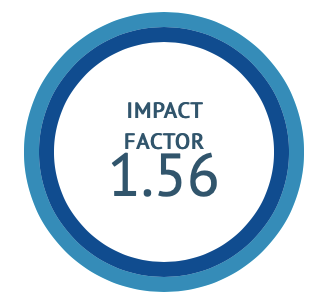Comparative evaluation of the efficacy of Hydrocortisone suppository and Durvadi Gudavarti in Raktarsha – A randomized controlled clinical trial
DOI:
https://doi.org/10.47552/ijam.v16i2.5115Keywords:
Raktarsha, Bleeding Piles, Hydrocortisone Suppository, Hemorrhoids, Durvadi Gudavarti, Ayurvedic suppositoryAbstract
Background: Arsha, which is correlated to Hemorrhoids according to contemporary sciences, is a disease of yore. It is one of the most prevalent illnesses nowadays. It is the most common cause of bleeding per rectum in adults and the fourth leading diagnosis made in the gastrointestinal outpatient department. Aim and Objectives: This study aimed to compare the efficacy of Durvadi Gudavarti and Hydrocortisone acetate-based suppository in the management of Raktarsha (Bleeding Piles). Methods- A randomized active-controlled double-blind superiority clinical trial that involved 130 subjects between the age group of 20 to 60 years of Raktarsha, were assigned into two groups with equal allocation. The Control group (Group C) received Hydrocortisone suppository and the Experimental group (Group E) received Durvadi Gudavarti for rectal administration twice daily (12 hourly) after the proper evacuation of the bowel, for 2 weeks. Clinical evaluations were performed at Baseline, 5th, 10th, 15th day post-inclusion. The main endpoint was the proportion of subjects with complete clinical response and reduction in the size of pile mass measured using a transparent millimeter ruler on the 15th day. Results- Groups were homogeneous in terms of demographic and baseline characteristics. The Durvadi Gudavarti was found to be 34% and 32% more efficacious than the Hydrocortisone acetate-based suppository in terms of reduction in the size of pile mass and bleeding PR respectively. Interpretation & conclusions- Durvadi Gudavarti as rectal administration showed a significant advantage over a widely used standard treatment in the management of Raktarsha.
Keywords: Raktarsha, Bleeding Piles, Durvadi Gudavarti, Haemorrhoids, Hydrocortisone suppository, Ayurvedic suppository.
Downloads
Published
How to Cite
Issue
Section
License
Copyright (c) 2025 International Journal of Ayurvedic Medicine

This work is licensed under a Creative Commons Attribution-NonCommercial-ShareAlike 4.0 International License.
The author hereby transfers, assigns, or conveys all copyright ownership to the International Journal of Ayurvedic Medicine (IJAM). By this transfer, the article becomes the property of the IJAM and may not be published elsewhere without written permission from the IJAM.
This transfer of copyright also implies transfer of rights for printed, electronic, microfilm, and facsimile publication. No royalty or other monetary compensation will be received for transferring the copyright of the article to the IJAM.
The IJAM, in turn, grants each author the right to republish the article in any book for which he or she is the author or editor, without paying royalties to the IJAM, subject to the express conditions that (a) the author notify IJAM in advance in writing of this republication and (b) a credit line attributes the original publication to IJAM.




